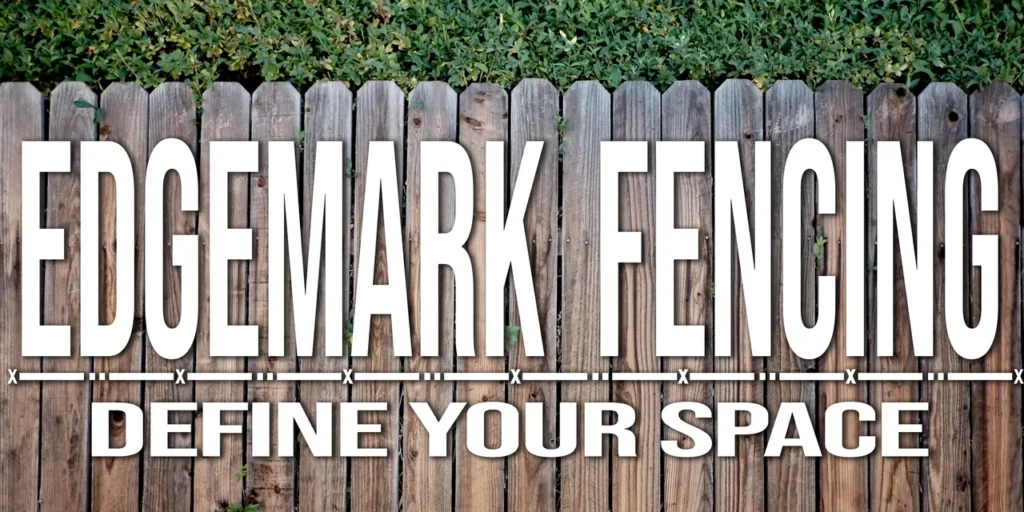
Interested in a Free Fencing Quote?
Our team of experts would love to connect with you to find fencing that meets your style and needs. Click below or give us a call at (717) 573-7778 and our team will reach out to you soon!
What Makes Us Different?
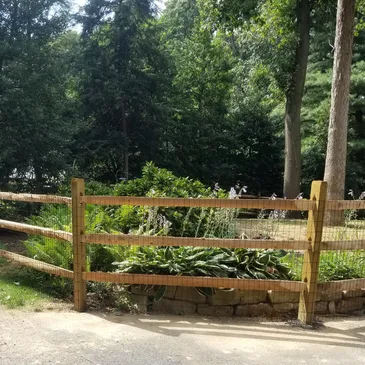
Quality & Value
Choosing quality value fencing can provide a durable and long-lasting solution to enhance the security and appearance of your property. Investing in a high-quality fence may require a higher upfront cost, but it can save you money in the long run by reducing maintenance and replacement costs. We stand by our work offering a one-year warranty on workmanship and materials.
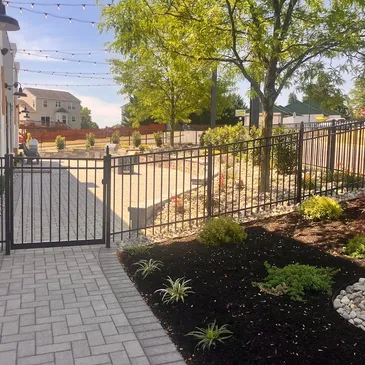
Professionalism
We are dedicated to providing high-quality products and services to its customers. Our business prioritizes communication, honesty, and transparency in our interactions with clients to ensure satisfaction and build trust. Our team of experienced professionals has the knowledge and expertise to offer customized solutions that meet the unique fencing needs of each customer.
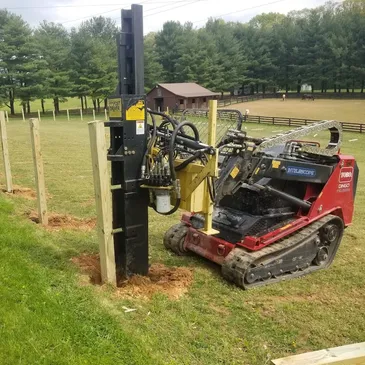
Industry Standards
At our fencing company, we are committed to following industry standards to ensure that we deliver high-quality products and services that meet or exceed industry requirements. We prioritize safety, quality, and sustainability in our operations, and make sure that our team of professionals is trained and equipped to handle all types of fencing projects.
Edgemark Fencing Warranties
Workmanship Warranty
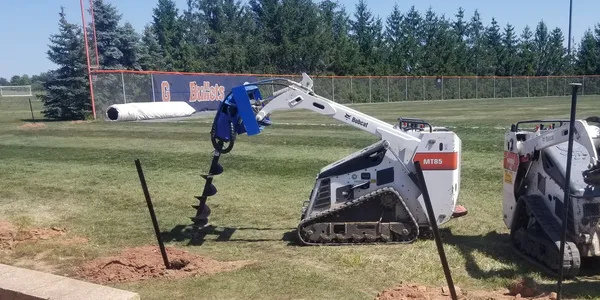
Edgemark Fencing proudly offers a One-Year Workmanship Warranty, ensuring your fence is free from defects for 12 months after installation. Trust in our commitment to quality and craftsmanship for lasting satisfaction.
Material Warranty
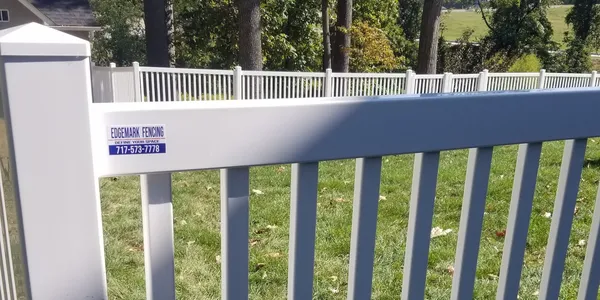
Discover the assurance of Edgemark Fencing’s One-Year Material Warranty. We guarantee the quality and durability of your fence materials for a full year from installation, giving you peace of mind in your investment.
